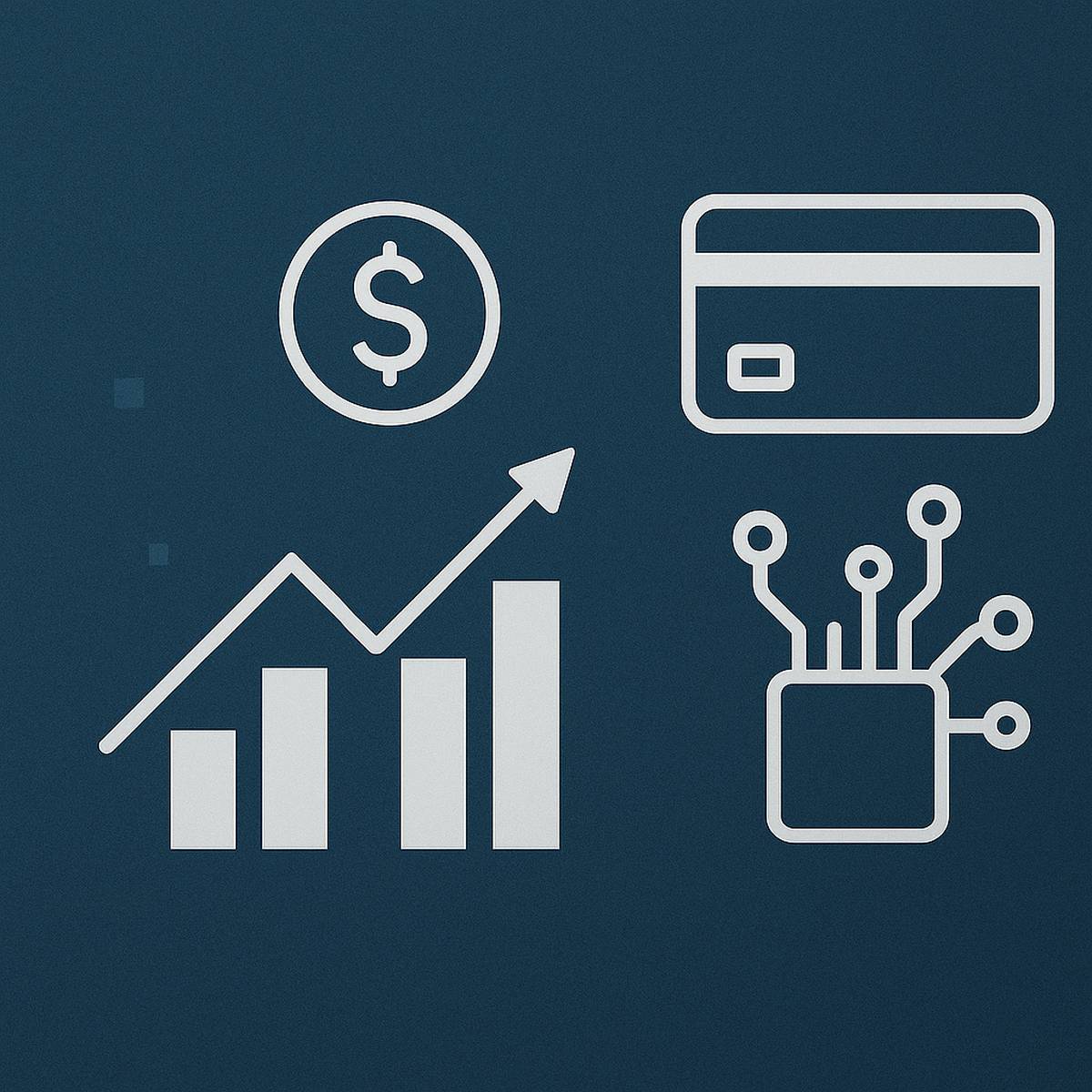The financial world is undergoing a silent revolution, one that is transforming how people interact with money, businesses, and digital services. Fintech disruption is no longer an abstract concept discussed in boardrooms it is an unstoppable wave reshaping global commerce, from everyday transactions to long-term financial planning. In 2025, this evolution has taken a new form known as embedded finance, a model that allows financial services to be integrated directly into non-financial platforms. From ride-hailing apps offering micro-loans to e-commerce stores enabling instant credit, finance has quietly become an invisible yet essential layer of our digital lives.
What makes this disruption so powerful is accessibility. Traditional banks, once seen as the guardians of financial power, are losing ground to agile fintech startups that prioritize user experience, speed, and personalization. Consumers today expect financial services to be as seamless as sending a message or ordering food. This expectation has pushed the industry to merge technology and finance into a single ecosystem where payments, lending, insurance, and investments are available within apps people already use. It is convenience that drives adoption, and fintech companies have mastered the art of making finance human again.
Embedded finance is the natural progression of this trend. Imagine booking a flight and being offered travel insurance or a payment plan right at checkout no need to visit a bank or fill out lengthy forms. Businesses across industries are embedding financial tools into their systems, turning every digital touchpoint into an opportunity to transact, save, or invest. This new architecture is not just enhancing convenience; it is redefining customer relationships. Brands that integrate finance into their user experience gain loyalty, engagement, and trust. In turn, consumers get a frictionless journey that meets their financial needs without interruption.
For small businesses and creators, embedded finance levels the playing field. Traditional financial systems often limited access to credit or tools for managing money. Today, a small app developer or online seller can use fintech APIs to offer digital payments, instant settlements, or customer financing directly within their platform. This democratization of finance fuels innovation and accelerates global economic inclusion. Financial services are no longer exclusive they are embedded in the digital DNA of modern life.
Yet, behind the excitement lies a deeper transformation. Data has become the new currency of trust. Fintech firms rely on advanced analytics and artificial intelligence to deliver personalized experiences while managing risk. The success of embedded finance depends not only on technology but also on transparency and consumer confidence. As governments worldwide tighten digital finance regulations, companies are being challenged to maintain innovation without compromising on privacy or ethics. The winners of this new era will be those who blend speed with security and innovation with integrity.
The implications are profound. By 2030, experts predict that the majority of consumer financial interactions will take place through non-traditional channels. Banks are no longer the destination—they are becoming the infrastructure. The lines separating finance, commerce, and technology continue to blur, giving rise to an interconnected financial web where every app can act like a mini-bank. This shift is not only redefining the global economy but also reshaping how people think about money itself.
Fintech disruption and embedded finance represent more than technological progress; they symbolize empowerment. They allow individuals and small enterprises to participate in an economy once dominated by giants. They bring financial literacy, access, and opportunity to millions who were previously left out. As we move deeper into 2025, one thing is clear finance is no longer a standalone industry but a shared experience woven into every digital moment of our lives.









